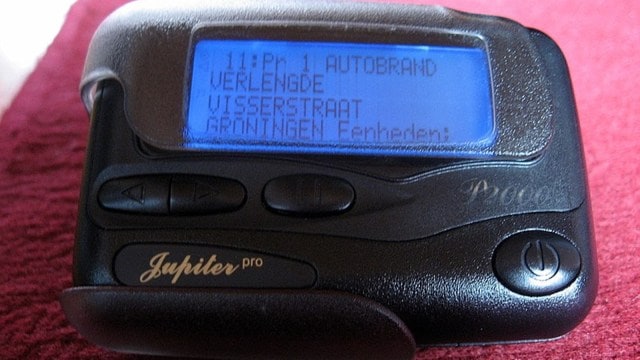The Prelude: A Digital Battleground
The recent telecommunication disruptions in Lebanon, where newspaper claim “hacking”, were in fact the culmination of a months-long hate spreaded in real and ddigital enviroment.
From cyber warfare campaign. This digital battleground was set ablaze by hacktivists, driven by a deep-seated anger against Israel’s perceived brutality and its occupation of Palestinian territories.
The seeds of this conflict were sown months prior, when hacktivist groups continue to spurred by distressing videos depicting Israeli soldiers’ violent actions against Palestinian civilians, result: began targeting Israeli infrastructure. These digital assaults, often carried out under the banner of justice and retribution, aimed to cripple the Israeli state’s digital capabilities.
One notable attack involved the hacking of Israel’s satellite system by the notorious hacktivist group GhostSec. This audacious move, while not immediately leading to widespread disruption, served as a stark warning and a demonstration of the hacktivists’ capabilities.
The Escalation: Targeting Critical Infrastructure
As tensions escalated, the hacktivists shifted their focus to more critical targets within Israel. This included essential infrastructure such as power grids, transportation systems, and, most importantly, telecommunication networks. These attacks were designed to disrupt daily life, sow chaos, and ultimately pressure the Israeli government to change its policies.
The impact of these cyberattacks was far-reaching. Disruptions to essential services caused widespread inconvenience and economic losses. Moreover, the psychological toll on the Israeli population was significant, as the nation grappled with the realization that its digital defenses were vulnerable to attack.
The Fallout: Lebanon’s NOT a Collateral Damage buyt a relic from the past
Pager was already filled with explosive and was not a cyberattack but a evil triggering.
Lebanon’s pager system is a largely obsolete technology that was once widely used for communication. It was a popular device in the late 20th century, primarily used for business professionals, emergency services, and individuals who needed to be reachable at all times.
How did it work?
Numbers and codes: Users would receive a numerical code or message on their pager screen. This code would correspond to a specific phone number or message.
Paging stations: To respond to a page, the user would have to find a paging station or public phone. They would then enter the number or code and speak their message.
Limited functionality: Pagers were primarily used for one-way communication. Users could not reply to messages or initiate calls.
Why did it become obsolete?
Advancement of mobile phones: The rise of mobile phones, with their ability to make and receive calls, send and receive text messages, and access the internet, made pagers redundant.
Cost and inconvenience: Pagers required a subscription fee and often involved finding a paging station to respond to messages, making them less convenient than mobile phones.
Pager was still in use to avoid spying activities. Is not clear who did, at the moment nobody claim the attack aand blame the lithium batteries for such harm.
Remember most of the pager was almost a “relic” and not with lithium batteries.
Beyond the Technical: A Political Statement
The cyberattacks against Israel were more than just technical assaults; they were a powerful political statement. The hacktivists sought to use their digital skills to amplify their message and exert pressure on the Israeli government. By targeting critical infrastructure and disrupting daily life, they aimed to force Israel to confront the consequences of its actions.
While the effectiveness of these cyberattacks remains debatable, there is no doubt that they have had a significant impact on the regional political landscape. They have highlighted the vulnerability of critical infrastructure to cyber threats and raised questions about the adequacy of existing security measures.
Conclusion: A New Era of Cyber Warfare
The telecommunication crisis in Lebanon serves as a stark reminder of the growing threat posed by cyber warfare. As technology continues to advance, the potential for malicious actors to disrupt critical infrastructure and sow chaos becomes increasingly real.
The events in Lebanon demonstrate the need for a more robust and coordinated approach to cyber security. Governments, businesses, and individuals must invest in advanced defenses and work together to mitigate the risks posed by cyber threats. Moreover, it is imperative to address the underlying causes of cyber conflicts, such as political grievances and social inequalities.
The cyber warfare saga in Lebanon is a cautionary tale that underscores the importance of responsible and ethical use of technology. As we navigate the digital age, it is essential to ensure that our pursuit of innovation does not come at the expense of security and stability.

